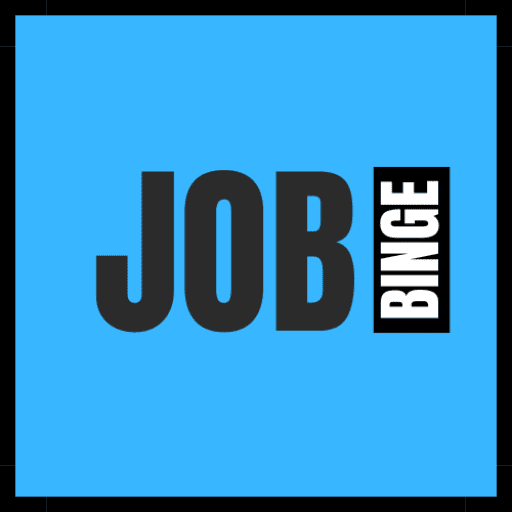Networking on LinkedIn and getting referrals is a powerful strategy to build your professional reputation and advance your career. By effectively engaging with others, you can increase your chances of receiving referrals, making valuable connections, and unlocking new opportunities. Below is a guide to help you network on LinkedIn and ask for referrals using message templates.
1. Optimize Your LinkedIn Profile
Before you start networking, ensure that your LinkedIn profile is well-crafted. A polished profile will attract the right people and make your requests for referrals or connections more likely to be successful. Here’s what you need:
- Professional Photo: Choose a clear, friendly, and professional profile photo.
- Headline: Use a compelling headline that summarizes your skills or profession. Instead of just your job title, try to add some personality and include keywords.
- Summary: Write a short, engaging summary that highlights your expertise, goals, and what you can bring to potential connections.
- Experience & Skills: List your relevant work experience and skills, ensuring they align with the roles or industries you’re targeting.
- Recommendations: Ask colleagues, managers, or clients for recommendations that speak to your strengths.
2. Build Your Network Strategically
LinkedIn is a place where building relationships is key. Start by connecting with professionals in your industry, alumni, former colleagues, or recruiters. Here’s how to go about it:
- Personalize Connection Requests: Don’t send the default message. Always personalize your requests with a message explaining why you’d like to connect. Here’s a template for a connection request: Connection Request Template: Hi [First Name],
I came across your profile and noticed your experience in [industry/field]. I’m currently working in [related role/field] and would love to connect to learn more about your work at [company]. Looking forward to connecting!
Best regards, [Your Name] - Engage with Content: Like, comment, and share insightful content from your connections. This helps you stay visible, showcase your expertise, and start building rapport.
3. Approach for Referrals
Once you’ve built a solid network, you can begin asking for referrals. The key to a successful referral request is to be clear, polite, and respectful. Make sure to establish trust first—don’t jump straight into asking for a favor without first having a genuine conversation.
Here’s a step-by-step approach:
- Step 1: Start a Conversation
Before asking for a referral, start a casual conversation. Comment on something you noticed in their profile, or ask about their recent projects. - Step 2: Show Genuine Interest
Ask questions about their career journey, and show that you’re genuinely interested in their experience. This helps build a foundation of trust. - Step 3: Politely Ask for a Referral
Once you’ve established a relationship, it’s time to ask for a referral. Be specific about the position you’re interested in and why you believe you’d be a good fit. Here’s a template you can use: Referral Request Template: Hi [First Name],
I hope you’re doing well. I wanted to reach out because I’m currently exploring opportunities in [industry/field], and I noticed that your company, [Company Name], has some open positions in that area.
Having followed your work for a while, I greatly admire your experience and thought I’d reach out to see if you might be able to refer me for the [specific position] role. I’d be happy to provide you with my resume and discuss why I believe I’d be a strong fit for the team.
Thank you for considering my request, and I’d appreciate any help you can offer!
Best regards, [Your Name]
4. Follow Up
If you don’t hear back after a week or so, it’s okay to follow up. Just make sure to be polite and respectful in your follow-up message. Here’s a simple follow-up template:
Follow-Up Template:
Hi [First Name],
I hope everything is going well! I just wanted to follow up on my previous message regarding the [specific position] role at [Company Name]. I understand you’re busy, but I would greatly appreciate any help you can offer or any insight into the hiring process.
Thank you again for your time, and I look forward to hearing from you!
Best regards, [Your Name]
5. Be Grateful
If you receive a referral or valuable advice, always follow up with a thank-you message. Express your gratitude, and if you land the job, let the person know and thank them again for their support.
Conclusion
Networking on LinkedIn can open up countless opportunities when done strategically and respectfully. By optimizing your profile, engaging with others, and asking for referrals politely, you’ll increase your chances of success. Just remember, it’s not about asking for a favor right away; build relationships first, and be genuine in your approach



